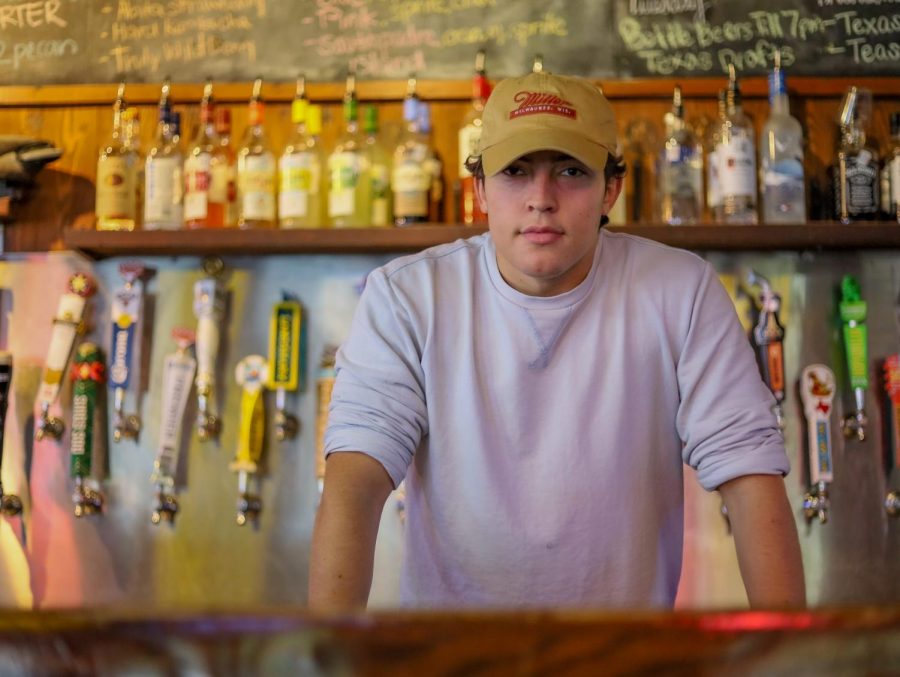West Campus businesses discuss raising minimum wage, combat worker shortages
July 26, 2021
Editor’s Note: This article first appeared as part of the July 20 flipbook.
While the post-pandemic demand for labor has increased with businesses returning to full-capacity operations in March, some West Campus businesses are still struggling with worker shortages. Some restaurants in particular are recuperating and slowly bouncing back.
Job postings in the Austin area increased by 5.8% toward the end of May, compared to pre-coronavirus January 2020, according to Workforce Solutions, with restaurants being among the top industries with online postings.
Jamie Fuller, manager of Moody’s Kitchen and Bar on Guadalupe Street, said because so many people had been utilizing COVID-19 unemployment benefits, she and others in her industry were left with few workers.
“I really need somebody with experience, but then at the same time, I really just need somebody,” Fuller said. “It’s only just now that we actually started getting people that have experience, but other than that, it’s kind of been slim pickings down here.”
But, Daniel Hamermesh, professor of economics in the College of Liberal Arts and editor in chief of IZA World of Labor, said COVID-19 unemployment benefits have very little impact on businesses being understaffed.
“The COVID unemployment benefits are quite unimportant in this event,” Hamermesh said. “The evidence is pretty clear from past recessions. They have only tiny effects in reducing workers’ interest in taking a job.”
Hamermesh said while restaurants are looking to fill their staffs after the pandemic, many businesses are competing to attract workers. But Fuller said she thinks raising the minimum wage to $15 to attract employees would hurt most businesses.
“If we were to kick it up to $15, I would definitely have less staff,” Fuller said. “It’d be too taxing on the business to be able to handle that type of overhead in the long run because the labor cost is what’s killing us all right now.”
Austin’s current minimum wage is $7.25 per hour.
“I think the real problem is that employers have gotten used to paying fairly low wages, and they’re not pleased about there being more demand now and having to compete for workers,” Hamermesh said.
Heaven Wilburn, a dance junior and part-time bartender at Moody’s, said to make up hourly pay with tips, more business is necessary.
Elliot Gonzales, manager of Cain and Abel’s on Rio Grande Street, said raising the minimum wage would create a large negative impact on his business as their employees are paid similar wages anyway.
Gonzales said Cain and Abel’s was able to stay afloat during and after the pandemic, as a majority of their workers are students looking for part-time jobs.
“It’s always gonna be slow in the summer compared to the fall, but we are up in sales for the past two to three years,” Gonzales said. “Our problem isn’t the number of employees, it’s mostly just getting more business.”
Fuller said she expects a much busier time in the fall when students come back.
“It’s just gonna be an adjustment period for everybody. And just patience, and I think it’s going to take a lot, especially with the service industry dealing with a lot of people,” Fuller said.



